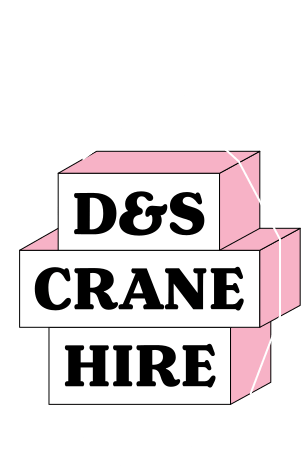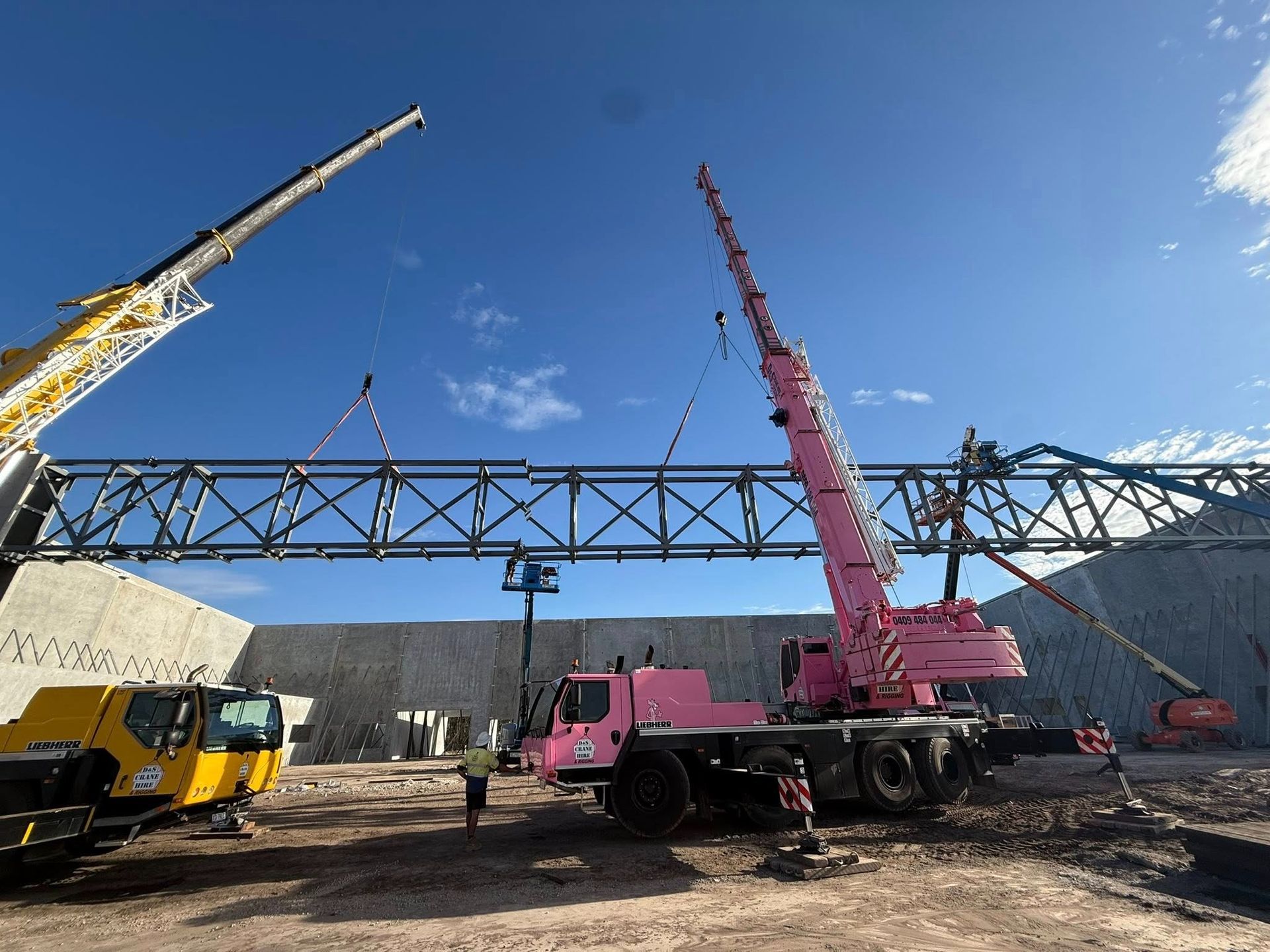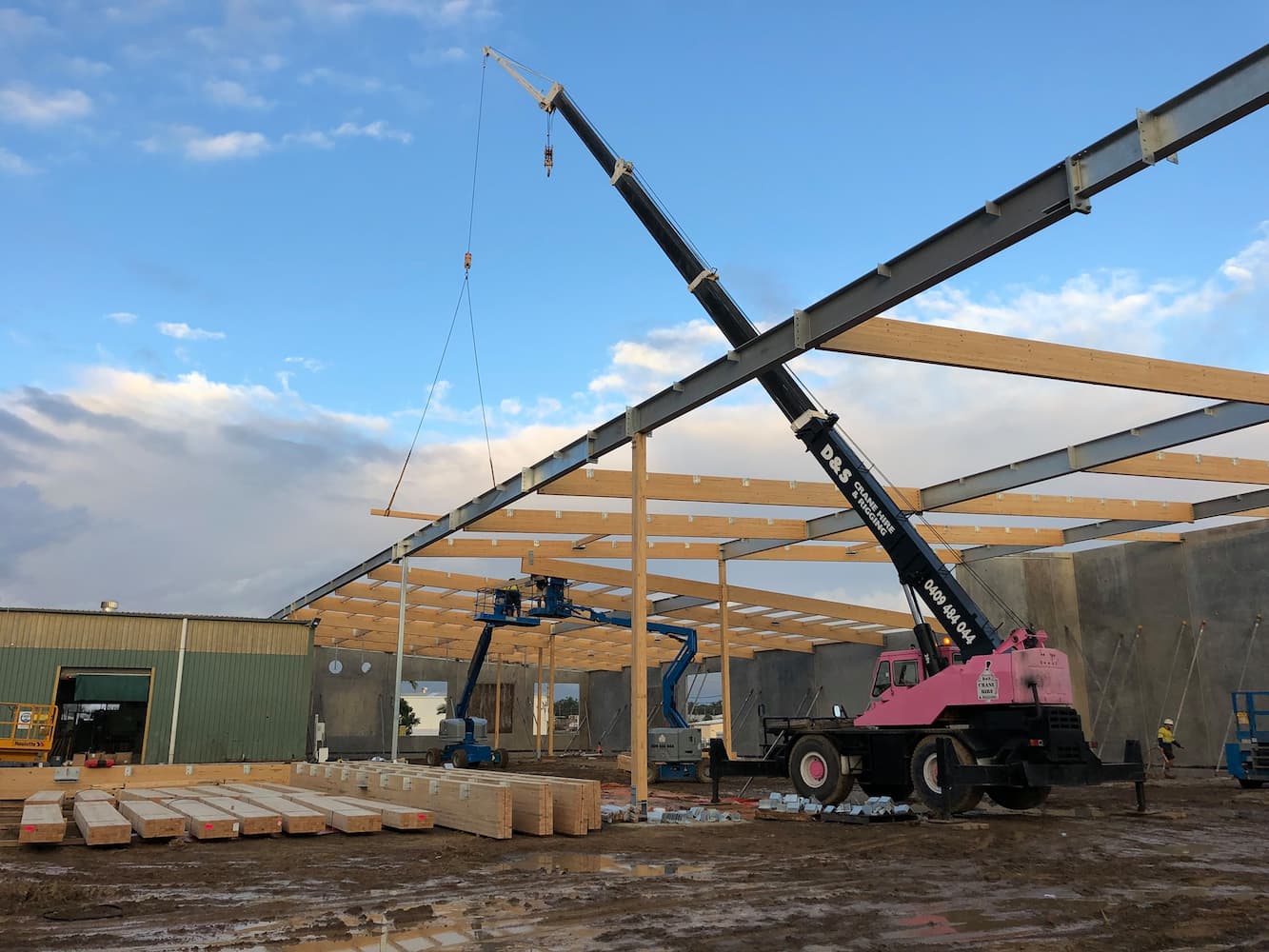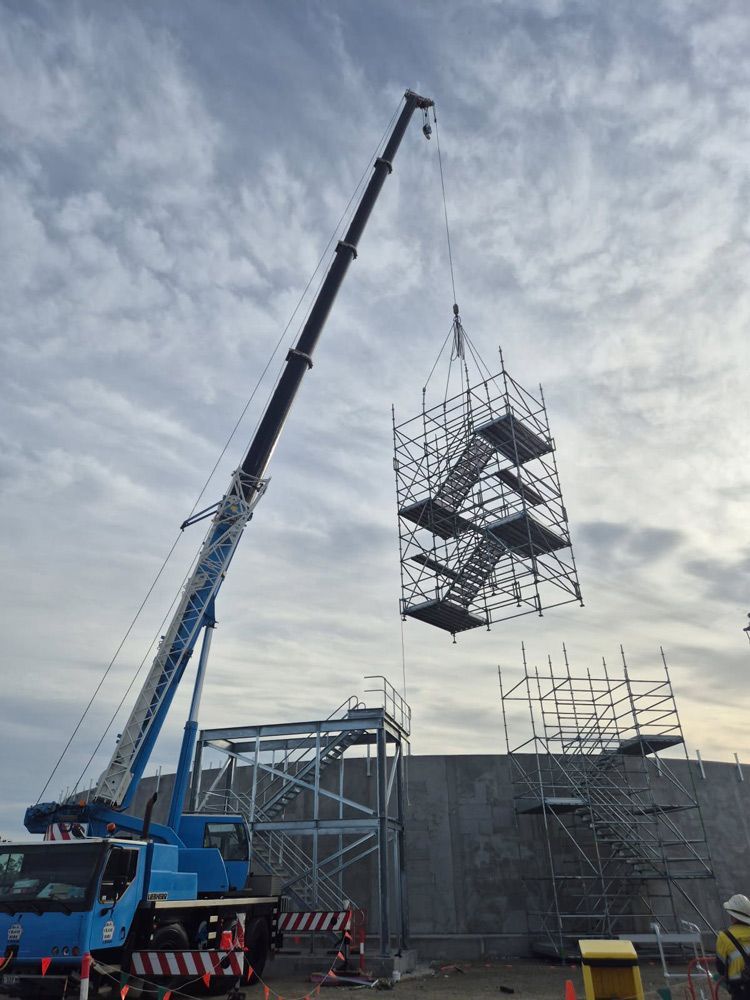8 Key Factors to Consider When Hiring a Crane for Your Construction Project
Table of Contents
- 1. Assessing Load Requirements Before Crane Hire
- 2. Matching the Right Crane Type to Your Site Conditions
- 3. Considering Lift Radius & Reach Specifications
- 4. Factoring in Ground Conditions & Site Access
- 5. Evaluating Compliance & Safety Certifications
- 6. Planning for Time Efficiency & Downtime Reduction
- 7. Accounting for Weather & Environmental Restrictions
- 8. Budgeting Wisely Without Compromising Quality
- Plan Your Lift with Expert Crane Hire on the Sunshine Coast
When it comes to lifting and moving heavy materials on-site, few tools are as vital as cranes. Whether you’re handling structural steel, HVAC components, or pre-fabricated panels, cranes provide the lifting strength and precision needed to complete tasks efficiently. But hiring a crane is more complex than it appears. Each project has unique demands, and choosing the right crane can impact everything from timelines to safety and budget. If you're searching for reliable crane hire near you, this blog post covers the key factors you should evaluate before committing.
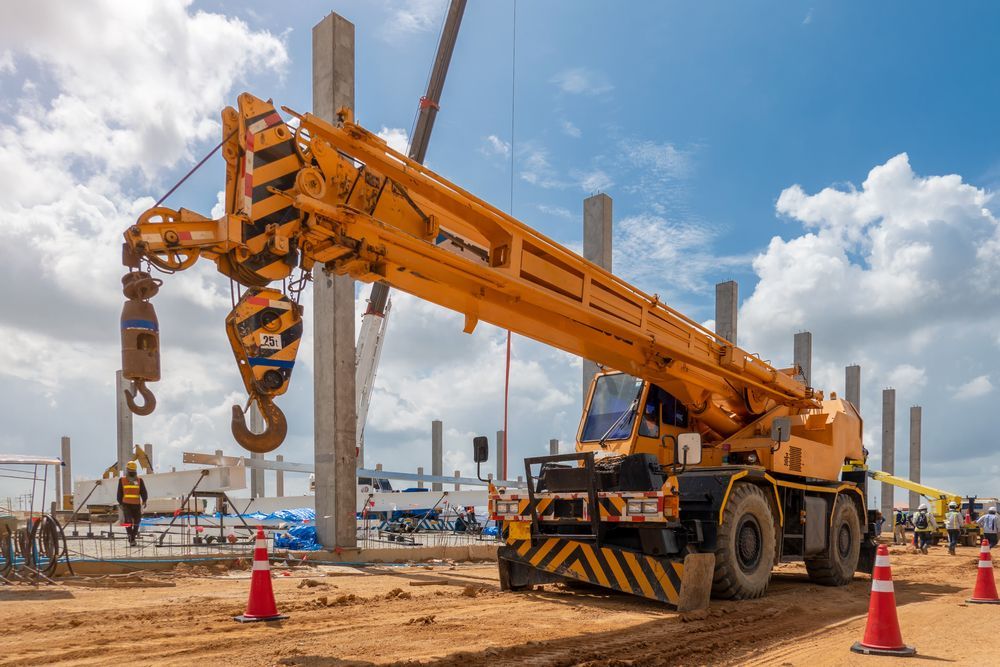
1. Assessing Load Requirements Before Crane Hire
Understanding your load is the first and most important step before hiring any crane. Knowing how much weight the crane will lift and the nature of that load determines what type of equipment will be safe and functional on your site.
- Weight and size of loads:
- Confirm the heaviest individual item that will need lifting.
- Centre of gravity:
- Irregular-shaped loads like trusses may need additional rigging expertise.
- Material type:
- Dense materials may require higher capacity cranes, while lighter materials might allow for more flexible options.
Providing these details to your crane hire company ensures they can recommend the most suitable machine for the job and develop a detailed lift plan if needed.
2. Matching the Right Crane Type to Your Site Conditions
Not every crane suits every environment. The physical constraints of your job site—such as tight access areas, steep slopes, or uneven ground—will influence your choice of crane.
- Franna cranes:
- Great for short-distance lifts and relocation within the same site.
- All-terrain cranes:
- Best for rugged or sloped areas where reach and mobility are essential.
- City cranes or spider cranes:
- Designed for compact spaces with limited overhead clearance.
Engaging a local crane hire service that understands Sunshine Coast site conditions can make all the difference in selecting equipment that delivers access and performance.
3. Considering Lift Radius & Reach Specifications
Even if your crane can lift a given weight, that capacity decreases the further away it must reach. This is known as the lift radius and is one of the most overlooked elements during the planning phase.
- Lift radius:
- The horizontal distance from the crane’s centre point to the load’s position.
- Boom length:
- Determines how far vertically and horizontally the crane can reach.
- Obstructions:
- Trees, buildings or power lines must be accounted for during setup.
A well-calculated lift plan will ensure that your chosen crane doesn’t exceed its capacity mid-lift, avoiding safety issues and downtime.
4. Factoring in Ground Conditions & Site Access
A crane’s ability to stabilise safely is crucial for successful lifts. Before crane mobilisation, the condition of the ground and the accessibility of your site must be evaluated.
- Soil stability:
- Loose or saturated ground may require the use of mats or engineered pads.
- Entry routes:
- The size of the crane must suit available roads and access points.
- Setup footprint:
- Cranes need space for outriggers and counterweights.
Qualified crane operators often conduct a site inspection to assess these factors, ensuring your site is prepared and the lift can proceed without complications.
5. Evaluating Compliance & Safety Certifications
Australia’s construction sector has strict compliance requirements, especially regarding crane operation. Working with certified operators and equipment ensures your project stays within legal safety frameworks.
- Crane and operator licensing:
- Ensure all operators and dogmen are properly certified.
- Regular inspections:
- Cranes should have current maintenance records and compliance stickers.
- Safe Work Method Statements (SWMS):
- These should be available for each lift, especially for complex or high-risk activities.
Choosing a crane hire provider that takes safety seriously reduces your risk exposure and promotes a culture of responsibility on-site.
6. Planning for Time Efficiency & Downtime Reduction
Delays are costly, and poor crane selection or logistics can set your schedule back. Time efficiency doesn’t just depend on the crane’s capabilities—it also involves coordination and service delivery.
- Punctual delivery and setup:
- Confirm that the crane will arrive and be operational on time.
- Experienced riggers:
- A skilled crew keeps the lift moving quickly and safely.
- Flexible fleet options:
- In case your lifting needs change, access to a broader range of cranes is essential.
When you hire locally on the Sunshine Coast, service responsiveness and setup efficiency are typically more reliable due to reduced travel times.
7. Accounting for Weather & Environmental Restrictions
Crane operations are highly sensitive to weather. Even light winds can affect lift safety and may delay scheduled works if the right equipment isn’t selected.
- Wind conditions:
- Boom length and load surface area affect wind tolerance.
- Rain & wet conditions:
- May soften ground and affect setup or traction.
- Heat stress:
- Operators working in high temperatures need adequate breaks, which can affect scheduling.
Experienced crane hire teams will monitor weather forecasts and advise on suitable timeframes, helping to adjust operations without risking safety.
8. Budgeting Wisely Without Compromising Quality
Budget is always a factor, but focusing solely on price can lead to poor performance or compliance risks. It’s important to consider the full scope of service, not just the base rate.
- All-inclusive quotes:
- Check for hidden charges such as overtime, rigging gear, or travel fees.
- Operator & crew:
- Ensure the quote includes certified operators and riggers.
- Service support:
- Choose a company that provides planning assistance and site assessments.
Look for transparency and value, not just affordability, to avoid unexpected complications that can increase costs later in the project.
Plan Your Lift with Expert Crane Hire on the Sunshine Coast
Hiring a crane isn’t just about availability—it’s about choosing a partner who understands your site conditions, lift requirements, safety expectations and deadlines. At D & S Crane Hire & Rigging, we provide reliable, safety-focused Sunshine Coast crane hire, offering a versatile fleet from Franna cranes to all-terrain models, all operated by fully licensed professionals.
Whether your project involves residential roofing, structural steel lifts, or complex commercial installations, our team supports you with detailed lift planning and prompt on-site coordination across the Sunshine Coast and surrounding regions. Get in touch with our team today to book your crane or arrange a free site inspection.
